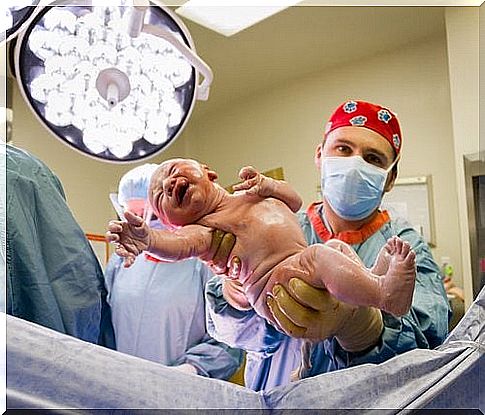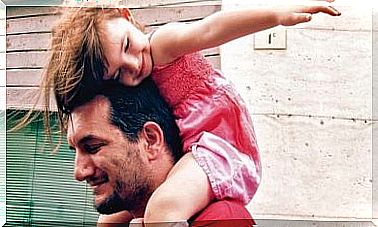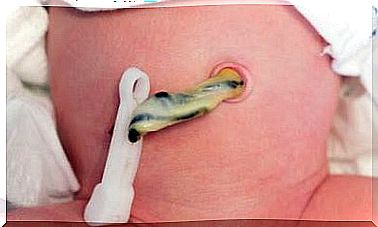Giving Birth: How Long Does A Birth Take?

Your pregnancy is coming to an end and it is impossible not to be a little nervous about what is to come: childbirth. One of the most common questions is: how long will the birth take?
Today we will talk about just that.
There are three different phases that make up the natural childbirth process.
The time from the beginning of the birth to the time when the baby is born depends on various factors. It includes the position of the fetus, the mother’s emotional state, whether she is a first-time mother, etc.
“Quick” births are available. Even though they do not happen that often, they usually cause complications for both mother and child.
This type of delivery is called “fall delivery”. It is usually the result of a complication or accident during pregnancy.
The best thing about the birth process is that it should take as long as it needs, without speeding up any of the phases. In this way, the events will follow their natural pace and the mother’s body will heal in the best way.
To get an idea of how long a birth can take, you can read the following article.
We will discuss in detail the three phases that are followed when your child is born.
How long does a birth take? – The three phases
1. The opening stage
This is the longest delivery phase and it is divided into two stages. The first stage, the so-called latency phase, begins with contractions. The contractions help the cervix to dilate.
The uterus contracts and then relaxes without any major pain. Each contraction begins in the lower back and extends toward the abdomen and pelvis.
This stage has no fixed time limit because the contractions are irregular and can be for days.
The next stage is the active phase. The active phase begins with the cervix opening 3-4 centimeters.
The contractions begin to increase in strength and occur regularly, between 3-5 minutes between each contraction. At this time, the woman should go to childbirth.
The extension can be between 8-18 hours for first-time mothers. For midwives, the time can be reduced to between 5-12 hours.

2. The expulsion phase
This part is also divided into two stages . In the first, passive phase, the cervix has been enlarged enough for the baby’s head to pass through the birth canal, that is, 10 centimeters.
If the amniotic fluid has not gone, it is in this moment that it will happen. The contractions can come directly after each other.
This stage lasts between 1-2 hours, depending on whether the woman is a first-time mother or has children before. If the woman is a surrogate mother, this stage goes faster.
Then follows the active phase. The mother will now feel the so-called throbbing pain. She instinctively feels the need to shake at every contraction – she helps her child into the world.
The fetal head is now visible in the birth canal. This phase can take between 35-50 minutes in total.
If the woman has chosen to have spinal anesthesia, this time can be extended by 1-2 hours.
The anesthesia alleviates the mother’s aching pains. She must complete the task with the help of the midwife’s instructions.
3. The postpartum stage
This is the last phase of childbirth, after the baby is born.
With painless after-effects comes the expulsion of the placenta, placenta and the membranes that contained the baby.
The uterus contracts and shrinks in size and the blood vessels that nourished the baby slowly close.
Ejecting the placenta can take half an hour if the mother has not received spinal anesthesia. With spinal anesthesia, it can take more than an hour.
If you calculate the average time, a birth can take more than 9 hours in total. This time span is calculated from the first contractions until the placenta is shaken out.

Of course, every woman is unique and exactly how long a birth takes depends on various factors. These factors include the mother’s age, physical condition, number of previous births and also other factors.
Childbirth, like other processes, has steps that must be done one at a time so that your baby is born without complications.
If you are unsure, it is best to contact healthcare professionals.









